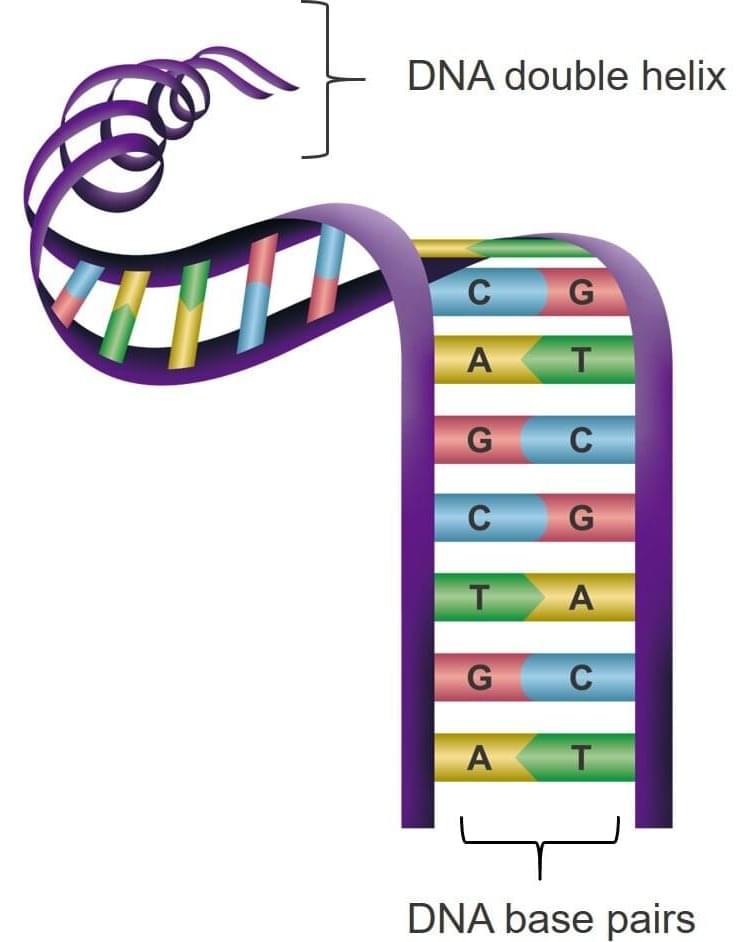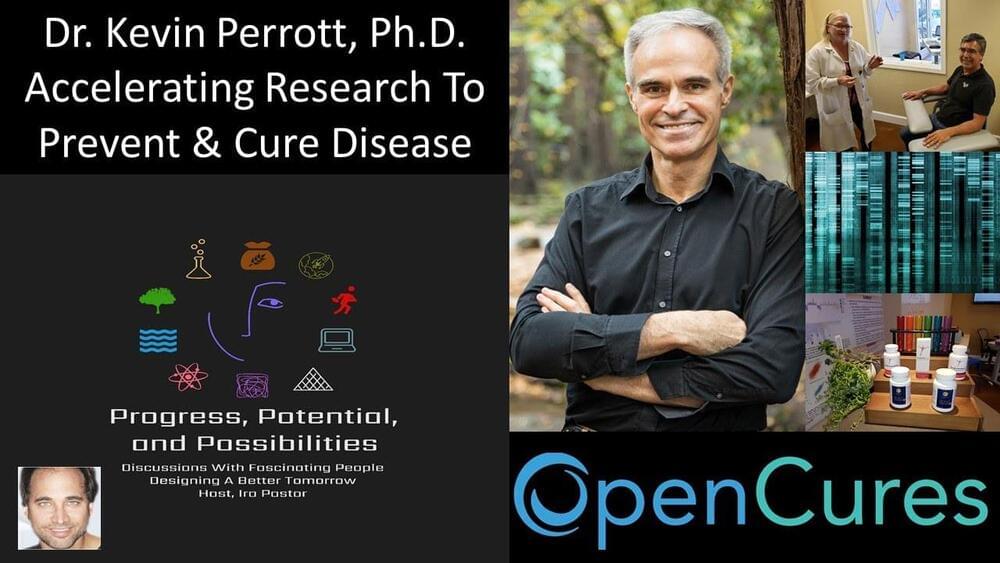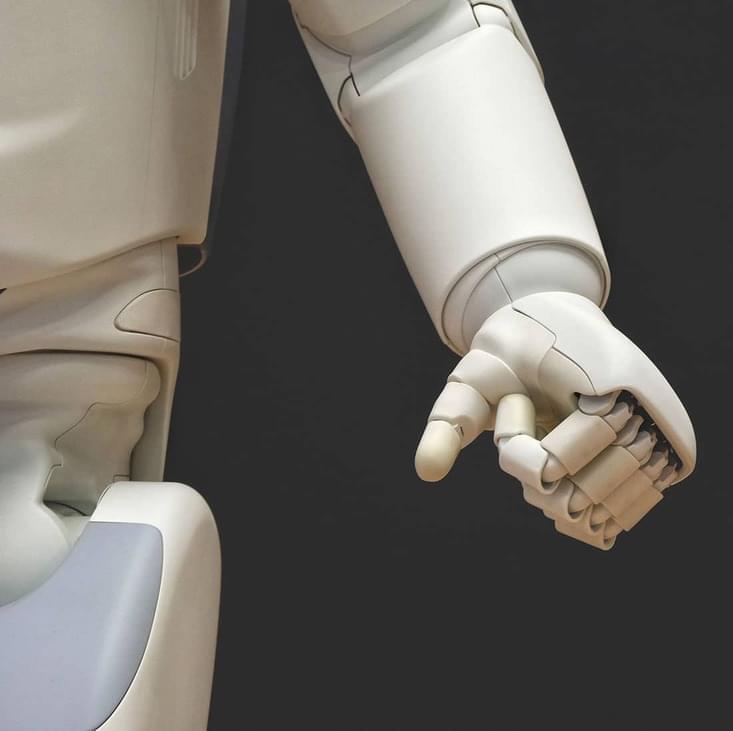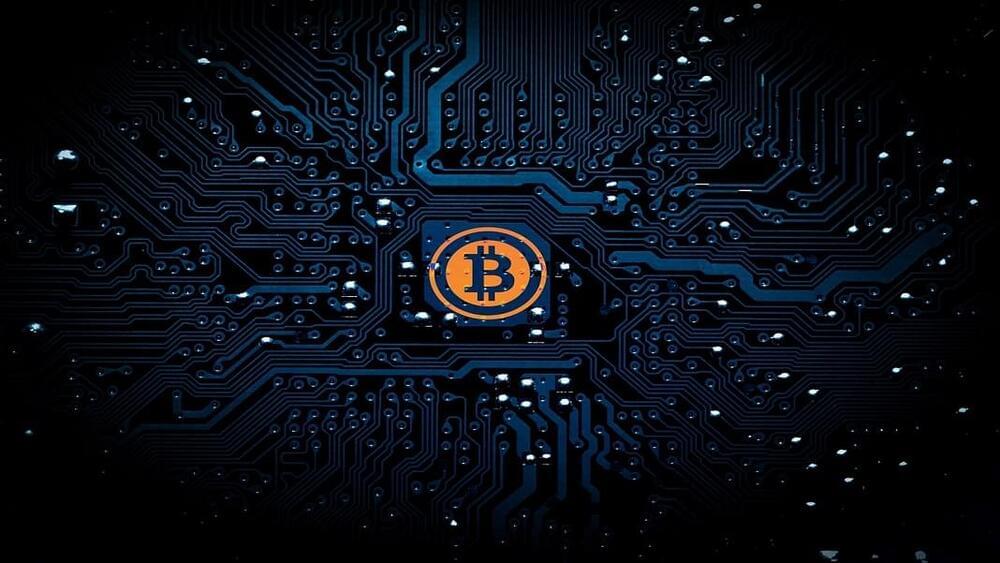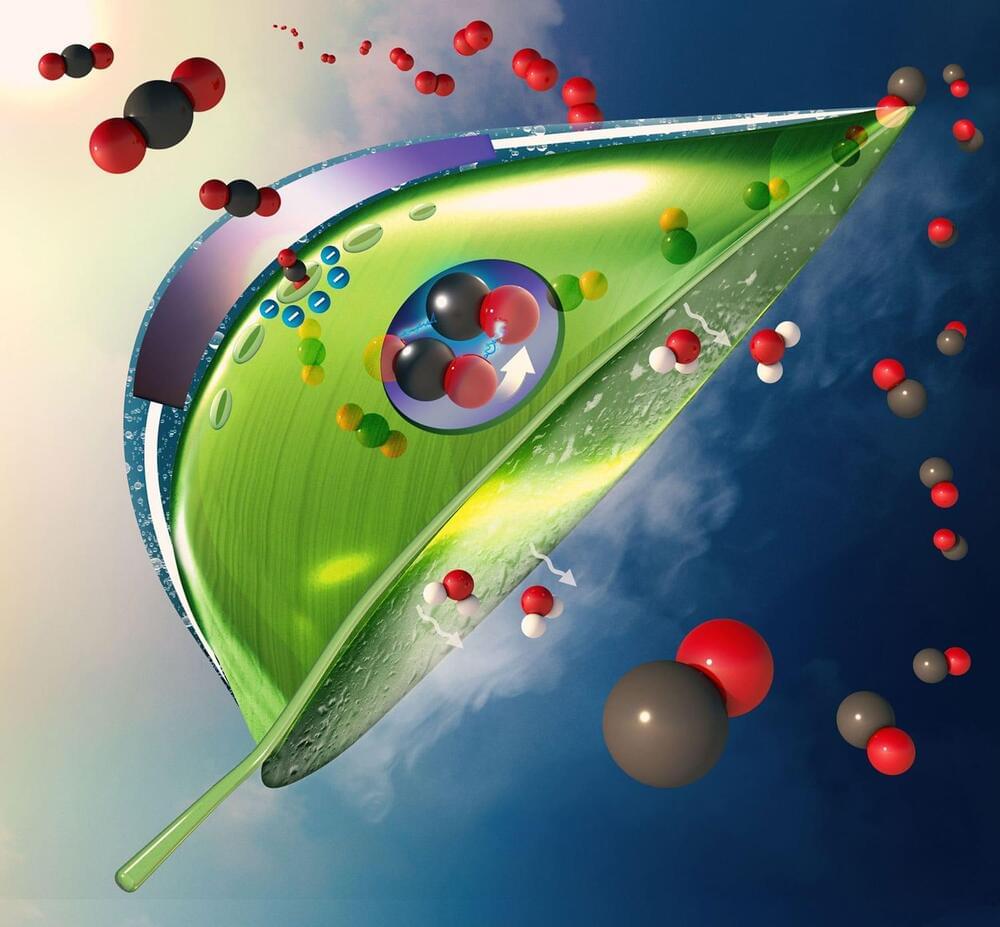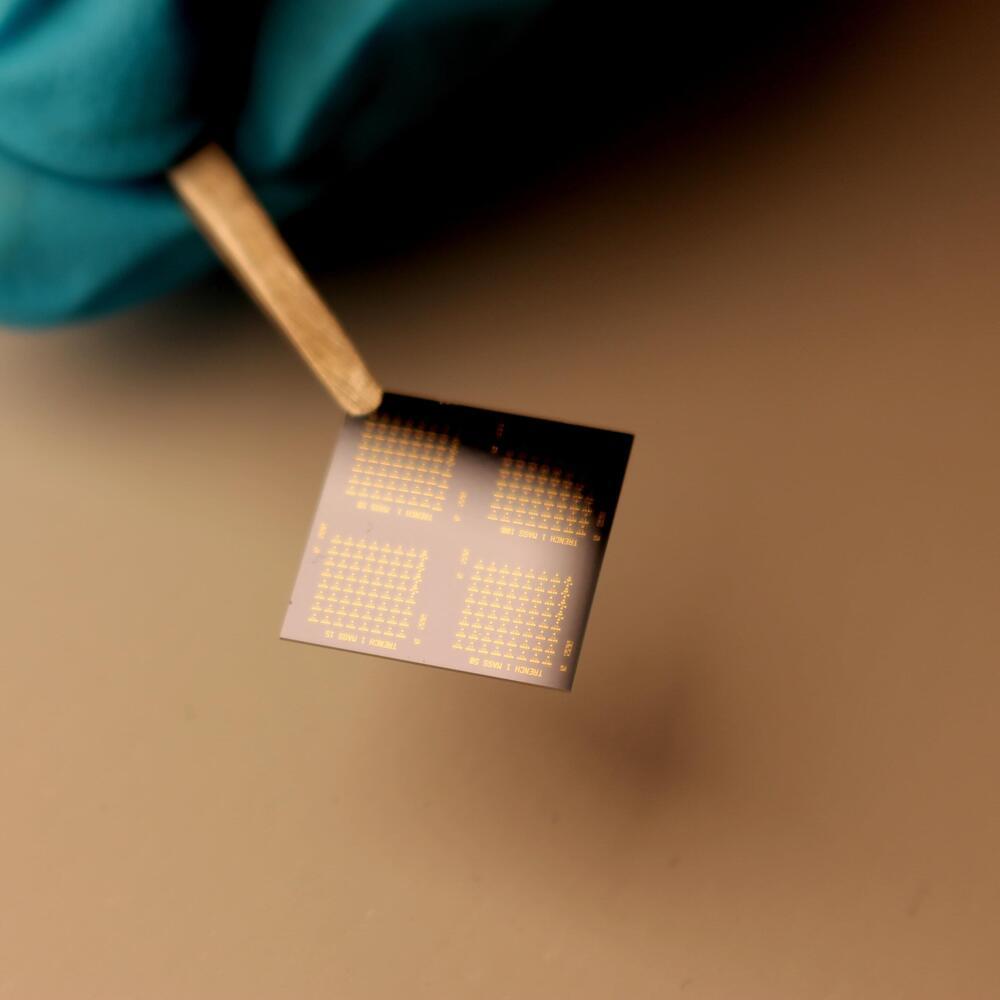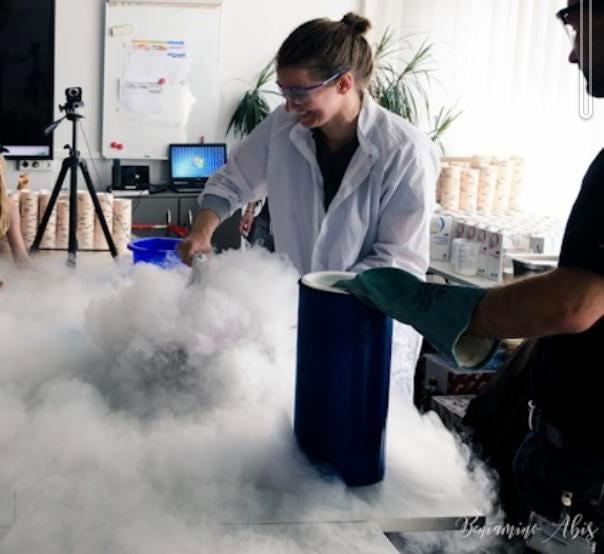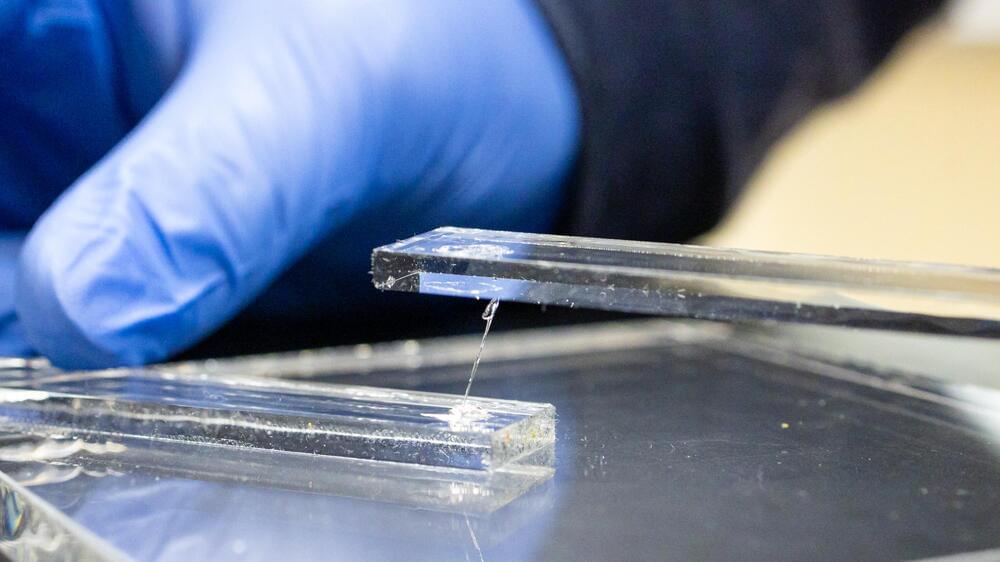Feb 2, 2022
Scientists use ‘sticky’ DNA to build organized structures of gel blocks
Posted by Genevieve Klien in categories: biotech/medical, chemistry, engineering
Researchers from the Okinawa Institute of Science and Technology Graduate University (OIST) have used microscopic strands of DNA to guide the assembly of gel blocks that are visible to the naked eye.
The hydrogel blocks, which measure up to 2mm in length and contain DNA on their surface, self-assembled in around 10–15 minutes when mixed in a solution, the scientists reported today in the Journal of the American Chemical Society.
“These hydrogel blocks are, we believe, the largest objects so far that have been programmed by DNA to form organized structures,” said Dr. Vyankat Sontakke, first author of the study and a postdoctoral researcher in the OIST Nucleic Acid Chemistry and Engineering Unit.
